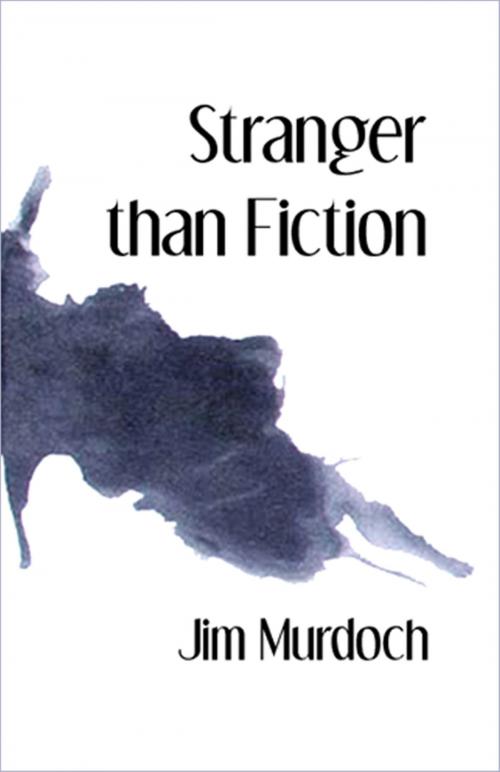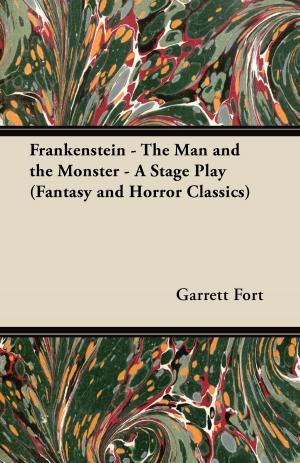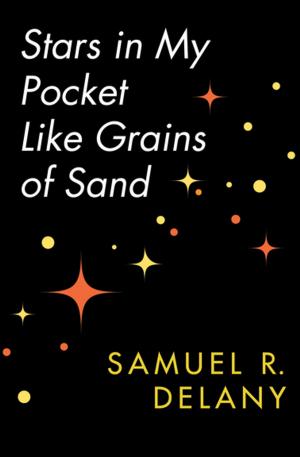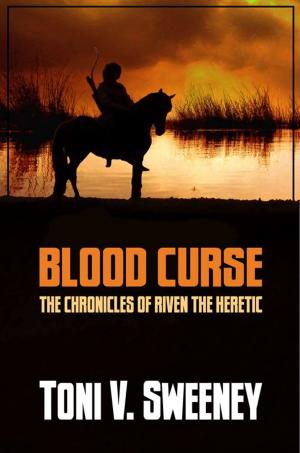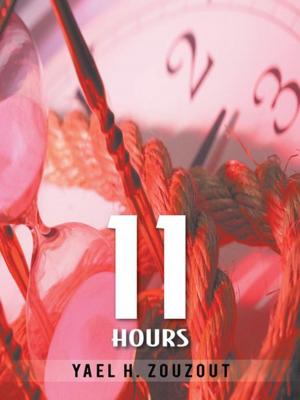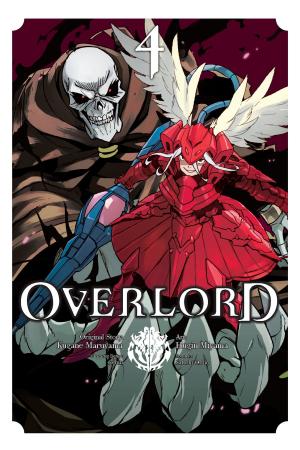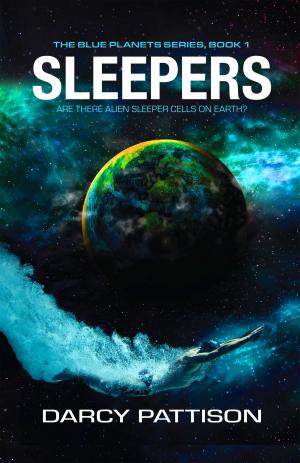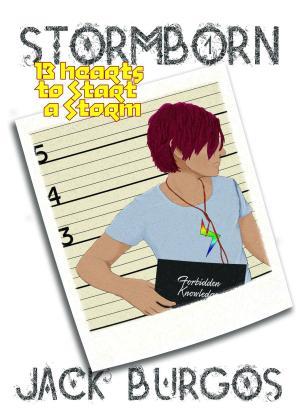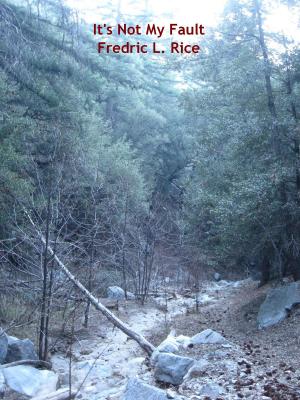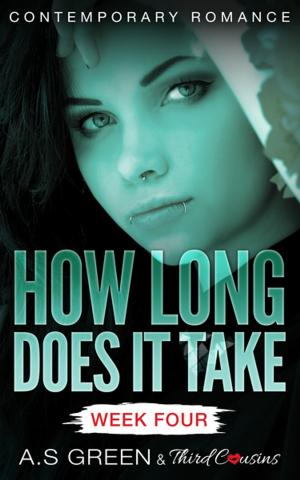| Author: | Jim Murdoch | ISBN: | 9780955063657 |
| Publisher: | Fandango Virtual | Publication: | August 22, 2011 |
| Imprint: | Smashwords Edition | Language: | English |
| Author: | Jim Murdoch |
| ISBN: | 9780955063657 |
| Publisher: | Fandango Virtual |
| Publication: | August 22, 2011 |
| Imprint: | Smashwords Edition |
| Language: | English |
Whereas Living with the Truth was set in the drab reality that is Jonathan Payne’s life, its sequel, Stranger than Fiction, is set in the drab reality that is Jonathan’s afterlife. He awakes to find himself inside a landscape entirely generated by his own memories of his past which means it looks pretty much identical to the seaside town of Rigby in which he spent his entire and mostly uneventful life. That is discounting the last two days which he eked out in the company of the personification of truth, and what happened there you can read about in Living with the Truth.
Whereas in that book Truth could only confront Jonathan with people who were alive at the time (e.g. his sister and his ex-girlfriend) Truth can now raise the bar and put Jonathan through a whole other level of embarrassment and misery, including meeting his battleaxe of a mother and being forced to attend a conference made up of versions of himself from all the other alternate realities. All to a good end of course.
It’s hard to describe this book without revealing too much. Suffice to say the universe has ended. Not just this universe, but every alternate universe, too, apparently not for the first time. When Jonathan was alive he got to spend his final two days in the company of Truth, an omniscient being and one of a group of similar beings who have been left in change of the universe. Now he gets to meet some of the others from this group, known collectively as The Dunameon, with whom God is seriously ticked off because they keep running his creations into the ground. Truth and his colleagues are under strict orders to track back through an infinite number of chains of events trying to find out what went wrong so that the same mistakes can be avoided in future.
As in the first book Jonathan is taken to some dark places, but no matter how dark things get Truth is always there to make light of them. Like its predecessor (no pun intended), the book is shot through with wry humour and off-hand allusions to all manner of people from Kafka to Einstein, for example this, which is followed straight after by a nod to Frankie Howard:
Everyone is unprepared for the future. It is undiscovered, but do we discover it or does it find us, yelling "No, not yet! It's not time. I'm not ready. Come back tomorrow."? Everyone knows, though, that tomorrow never comes, and that's where they keep all the jam.
Very much like Living with the Truth this is a hard book to categorise. As the author Guy Fraser-Sampson said at the end of his review:
“It is difficult to describe Murdoch's prose and do it full justice. You really have to experience it for yourself, and I sincerely hope you will. Go out and buy Stranger than Fiction. You won't be disappointed.”
And Kay Sexton wrote,
“I tried to come up with one of those pithy one-liners that you are supposed to use to encapsulate a project for the movie industry (which is popularly supposed not to be able to cope with more than a sentence of information at a time) and what I decided on was Alan Bennett meets Douglas Adams! [...] I loved it.”
Whereas Living with the Truth was set in the drab reality that is Jonathan Payne’s life, its sequel, Stranger than Fiction, is set in the drab reality that is Jonathan’s afterlife. He awakes to find himself inside a landscape entirely generated by his own memories of his past which means it looks pretty much identical to the seaside town of Rigby in which he spent his entire and mostly uneventful life. That is discounting the last two days which he eked out in the company of the personification of truth, and what happened there you can read about in Living with the Truth.
Whereas in that book Truth could only confront Jonathan with people who were alive at the time (e.g. his sister and his ex-girlfriend) Truth can now raise the bar and put Jonathan through a whole other level of embarrassment and misery, including meeting his battleaxe of a mother and being forced to attend a conference made up of versions of himself from all the other alternate realities. All to a good end of course.
It’s hard to describe this book without revealing too much. Suffice to say the universe has ended. Not just this universe, but every alternate universe, too, apparently not for the first time. When Jonathan was alive he got to spend his final two days in the company of Truth, an omniscient being and one of a group of similar beings who have been left in change of the universe. Now he gets to meet some of the others from this group, known collectively as The Dunameon, with whom God is seriously ticked off because they keep running his creations into the ground. Truth and his colleagues are under strict orders to track back through an infinite number of chains of events trying to find out what went wrong so that the same mistakes can be avoided in future.
As in the first book Jonathan is taken to some dark places, but no matter how dark things get Truth is always there to make light of them. Like its predecessor (no pun intended), the book is shot through with wry humour and off-hand allusions to all manner of people from Kafka to Einstein, for example this, which is followed straight after by a nod to Frankie Howard:
Everyone is unprepared for the future. It is undiscovered, but do we discover it or does it find us, yelling "No, not yet! It's not time. I'm not ready. Come back tomorrow."? Everyone knows, though, that tomorrow never comes, and that's where they keep all the jam.
Very much like Living with the Truth this is a hard book to categorise. As the author Guy Fraser-Sampson said at the end of his review:
“It is difficult to describe Murdoch's prose and do it full justice. You really have to experience it for yourself, and I sincerely hope you will. Go out and buy Stranger than Fiction. You won't be disappointed.”
And Kay Sexton wrote,
“I tried to come up with one of those pithy one-liners that you are supposed to use to encapsulate a project for the movie industry (which is popularly supposed not to be able to cope with more than a sentence of information at a time) and what I decided on was Alan Bennett meets Douglas Adams! [...] I loved it.”
